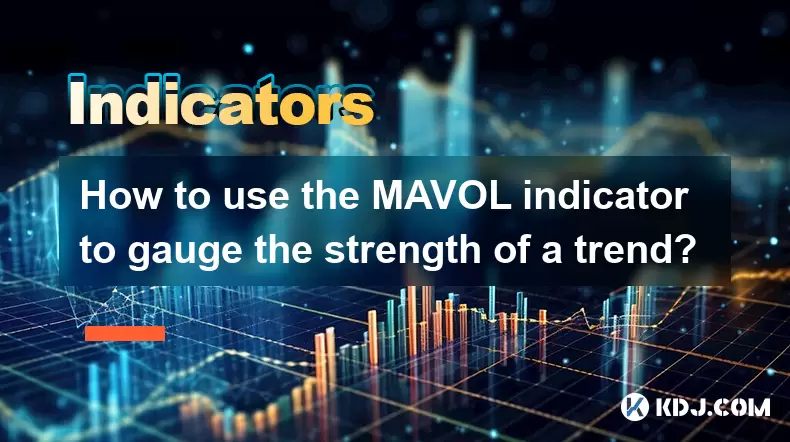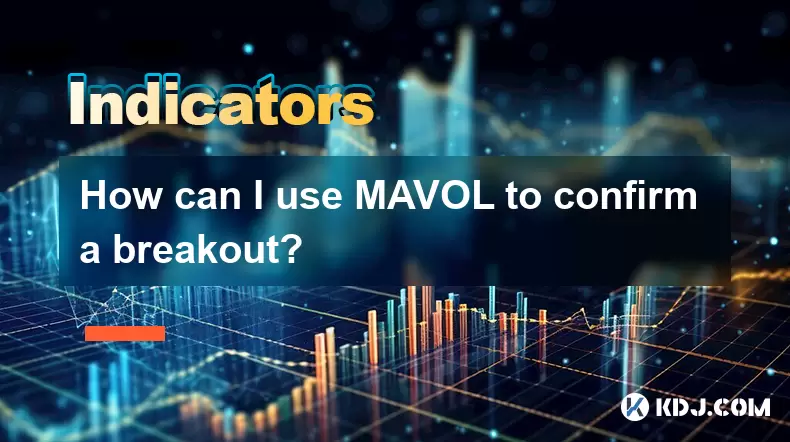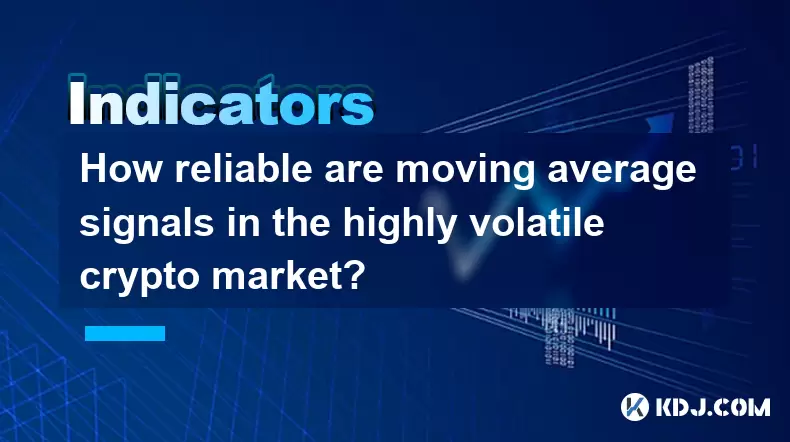-
 Bitcoin
Bitcoin $118400
0.47% -
 Ethereum
Ethereum $3836
2.20% -
 XRP
XRP $3.157
2.98% -
 Tether USDt
Tether USDt $0.9999
-0.03% -
 BNB
BNB $801.5
1.31% -
 Solana
Solana $180.9
2.07% -
 USDC
USDC $0.9999
-0.02% -
 Dogecoin
Dogecoin $0.2225
2.50% -
 TRON
TRON $0.3285
-1.02% -
 Cardano
Cardano $0.7789
2.60% -
 Hyperliquid
Hyperliquid $43.60
2.39% -
 Sui
Sui $3.892
4.41% -
 Stellar
Stellar $0.4229
3.34% -
 Chainlink
Chainlink $18.01
3.98% -
 Hedera
Hedera $0.2745
6.77% -
 Bitcoin Cash
Bitcoin Cash $582.3
3.38% -
 Avalanche
Avalanche $23.77
1.04% -
 Ethena USDe
Ethena USDe $1.001
0.01% -
 Toncoin
Toncoin $3.493
3.59% -
 Litecoin
Litecoin $110.0
2.48% -
 UNUS SED LEO
UNUS SED LEO $8.936
-0.37% -
 Shiba Inu
Shiba Inu $0.00001304
2.49% -
 Uniswap
Uniswap $9.999
1.09% -
 Polkadot
Polkadot $3.897
3.26% -
 Monero
Monero $308.6
-0.83% -
 Dai
Dai $0.9999
-0.01% -
 Bitget Token
Bitget Token $4.504
-0.04% -
 Pepe
Pepe $0.00001154
2.95% -
 Cronos
Cronos $0.1471
3.06% -
 Ethena
Ethena $0.6691
19.53%
How does the VWAP line help in identifying overbought and oversold market conditions?
The VWAP line helps crypto traders identify fair value by combining price and volume, serving as a dynamic benchmark for spotting overbought or oversold conditions.
Jul 31, 2025 at 05:19 am

Understanding the VWAP Line and Its Role in Technical Analysis
The Volume Weighted Average Price (VWAP) is a critical tool used by traders within the cryptocurrency market to assess the average price of an asset relative to its trading volume over a specific time period. Unlike a simple moving average, VWAP incorporates both price and volume, giving greater weight to periods with higher trading activity. This makes it particularly effective in identifying dominant price levels where most transactions have occurred. In the context of cryptocurrency trading, where volatility and volume spikes are common, VWAP serves as a benchmark for fair value. When the current market price trades above the VWAP line, it suggests that buyers are in control, potentially indicating strength. Conversely, prices below VWAP may signal seller dominance.
How VWAP Reflects Market Sentiment in Crypto Trading
In fast-moving crypto markets, understanding sentiment is crucial. The VWAP line acts as a dynamic support and resistance level influenced by real transaction data. When the price of a cryptocurrency such as Bitcoin or Ethereum remains consistently above the VWAP, it often reflects bullish momentum driven by aggressive buying. This can be interpreted as the market absorbing supply efficiently, pushing prices higher with volume confirmation. On the flip side, when the price trades below VWAP over an extended period, it may reflect bearish sentiment, where selling pressure overwhelms demand. Traders use these deviations to evaluate whether an asset is being accumulated or distributed.
Identifying Overbought Conditions Using VWAP
An overbought condition in the cryptocurrency market occurs when an asset’s price rises significantly above its fair value, often on high volume, increasing the likelihood of a pullback. The VWAP line helps identify such conditions when the price moves substantially above it, especially in a short time frame. For instance, if Bitcoin surges 10% above its VWAP within an hour on increasing volume, it could indicate excessive buying pressure that may not be sustainable. Traders look for confirmation through additional tools such as standard deviation bands (VWAP Bollinger Bands). When the price touches or exceeds the upper band, which is typically set at one or two standard deviations above VWAP, it strengthens the overbought signal. This combination helps traders avoid entering long positions at potentially exhausted momentum peaks.
Recognizing Oversold Scenarios with VWAP Deviation
Oversold conditions arise when a cryptocurrency’s price drops sharply below its average value, often due to panic selling or short-term capitulation. The VWAP line serves as a reference point to detect these extreme lows. If Ethereum, for example, plunges 12% below its VWAP during a high-volume sell-off, it may suggest that the asset is undervalued relative to recent trading activity. This scenario often attracts contrarian traders who anticipate a rebound. Similar to overbought signals, oversold conditions are more reliable when confirmed by VWAP standard deviation bands. A touch or break below the lower band increases the probability that the downward momentum is overextended. Volume analysis during the recovery phase is essential—a strong volume surge on the upside can validate a reversal.
Practical Steps to Use VWAP for Overbought and Oversold Signals
To effectively apply VWAP in detecting overbought and oversold states, traders must follow a structured approach:
- Open a cryptocurrency trading platform that supports VWAP indicators, such as TradingView, Bybit, or Binance.
- Select the desired trading pair (e.g., BTC/USDT) and time frame (15-minute, 1-hour).
- Apply the VWAP indicator from the platform’s studies or drawing tools.
- Enable VWAP standard deviation bands (if available) to visualize overextension levels.
- Monitor price action relative to the VWAP line and bands.
- When price moves above the upper band, assess for overbought conditions by checking RSI or MACD for divergence.
- When price drops below the lower band, evaluate for oversold conditions using volume spikes and candlestick patterns like hammers or bullish engulfing.
- Use limit orders to enter short positions near the upper band or long positions near the lower band, with stop-losses placed beyond the band extremes.
This method ensures trades are based on both volume-weighted pricing and statistical deviation, improving signal accuracy.
Combining VWAP with Other Indicators for Confirmation
While VWAP is powerful on its own, its effectiveness increases when combined with complementary indicators. The Relative Strength Index (RSI) is frequently used alongside VWAP to confirm overbought or oversold readings. For example, if Bitcoin is trading above the upper VWAP band and the RSI exceeds 70, the confluence of signals strengthens the overbought case. Similarly, an RSI below 30 combined with price below the lower VWAP band reinforces an oversold setup. Another useful companion is the MACD indicator, which can reveal momentum shifts. A bearish MACD crossover during an overbought VWAP condition may signal an imminent correction. Volume profile tools can also show whether price is near high-volume nodes, adding context to whether a reversal or continuation is more likely.
Common Misinterpretations and Risk Management
Traders sometimes mistake a simple deviation from VWAP as an immediate reversal signal, but trending markets can remain overextended for long periods. In strong bull runs, Bitcoin may trade above VWAP for hours or days without correcting, leading to premature short entries. To mitigate this risk, avoid acting on VWAP signals in isolation. Always assess the broader trend using higher time frames. Additionally, place stop-loss orders to manage downside risk. Position sizing should reflect the uncertainty of reversals—smaller entries near extreme VWAP deviations reduce exposure. Also, be cautious during low-volume periods, such as weekends in crypto markets, where VWAP can be skewed by thin trading.
Frequently Asked Questions
Q: Can VWAP be used on non-intraday time frames for crypto trading?
Yes, VWAP is primarily designed for intraday use, but many platforms allow it to persist across days. However, for multi-day analysis, cumulative VWAP (or anchored VWAP) is more appropriate. This version lets traders set a custom starting point, such as the beginning of a major trend, making it usable beyond a single trading session.
Q: Does VWAP work well in low-volume cryptocurrency pairs?
VWAP is less reliable in low-volume altcoins because sparse trading data can distort the average. The lack of consistent volume means price deviations may not reflect genuine market sentiment. Traders should prioritize high-liquidity pairs like BTC, ETH, or SOL when using VWAP for accurate signals.
Q: How do I set up VWAP with standard deviation bands on TradingView?
In TradingView, click "Indicators" and search for "VWAP with Bands" or "Volume Weighted Average Price." Select the version that includes standard deviation settings. Adjust the deviation multiplier (commonly 1.0 or 2.0) based on volatility. The upper and lower bands will then display automatically alongside the VWAP line.
Q: Is VWAP equally effective in bear and bull markets?
VWAP performs differently depending on market structure. In strong bull markets, prices often stay above VWAP, making overbought signals less effective for reversals. In bear markets, sustained price below VWAP reduces the reliability of oversold readings. Traders must adapt by focusing on trend-aligned VWAP bounces rather than countertrend reversals.
Disclaimer:info@kdj.com
The information provided is not trading advice. kdj.com does not assume any responsibility for any investments made based on the information provided in this article. Cryptocurrencies are highly volatile and it is highly recommended that you invest with caution after thorough research!
If you believe that the content used on this website infringes your copyright, please contact us immediately (info@kdj.com) and we will delete it promptly.
- Ozak AI: Can This Underdog Crypto Achieve a Bull Run to $1?
- 2025-07-31 22:30:12
- Coinbase Breach: Navigating Insider Risk and Bolstering Security
- 2025-07-31 23:11:55
- Bitcoin Rebounds, WeWake Presale Gains Traction: What's the Buzz?
- 2025-07-31 22:30:12
- Bitcoin, Altcoins, and Volume Watchlists: Decoding the Crypto Landscape
- 2025-07-31 23:11:55
- Tron, Fartcoin, and BlockchainFX: What's Trending (and What's Not) in the Crypto World
- 2025-07-31 21:32:19
- Bitcoin, Corporate Investments, and Sustainability: A New Era or Fleeting Fad?
- 2025-07-31 20:50:14
Related knowledge

What is a MACD crossover?
Jul 31,2025 at 11:52pm
Understanding the Role of Private Keys in Cryptocurrency SecurityIn the world of cryptocurrency, private keys are the cornerstone of ownership and con...

How can you use the MACD histogram to determine trend strength?
Jul 31,2025 at 11:10pm
Understanding the MACD Histogram and Its ComponentsThe MACD (Moving Average Convergence Divergence) histogram is a visual representation of the differ...

How to use the MAVOL indicator to gauge the strength of a trend?
Jul 31,2025 at 09:57pm
Understanding the MAVOL Indicator in Cryptocurrency TradingThe MAVOL indicator, short for Moving Average of Volume, is a technical analysis tool widel...

How do you set up MAVOL alerts for specific cryptocurrencies?
Aug 01,2025 at 12:23am
Understanding MAVOL and Its Role in Cryptocurrency AnalysisMAVOL, or Moving Average Volume, is a technical indicator used to analyze the average tradi...

How can I use MAVOL to confirm a breakout?
Jul 31,2025 at 11:38pm
Understanding MAVOL and Its Role in Technical AnalysisMAVOL, short for Moving Average of Volume, is a technical indicator that calculates the average ...

How reliable are moving average signals in the highly volatile crypto market?
Jul 31,2025 at 08:36pm
Understanding Moving Averages in Cryptocurrency TradingMoving averages (MAs) are among the most widely used technical indicators in the cryptocurrency...

What is a MACD crossover?
Jul 31,2025 at 11:52pm
Understanding the Role of Private Keys in Cryptocurrency SecurityIn the world of cryptocurrency, private keys are the cornerstone of ownership and con...

How can you use the MACD histogram to determine trend strength?
Jul 31,2025 at 11:10pm
Understanding the MACD Histogram and Its ComponentsThe MACD (Moving Average Convergence Divergence) histogram is a visual representation of the differ...

How to use the MAVOL indicator to gauge the strength of a trend?
Jul 31,2025 at 09:57pm
Understanding the MAVOL Indicator in Cryptocurrency TradingThe MAVOL indicator, short for Moving Average of Volume, is a technical analysis tool widel...

How do you set up MAVOL alerts for specific cryptocurrencies?
Aug 01,2025 at 12:23am
Understanding MAVOL and Its Role in Cryptocurrency AnalysisMAVOL, or Moving Average Volume, is a technical indicator used to analyze the average tradi...

How can I use MAVOL to confirm a breakout?
Jul 31,2025 at 11:38pm
Understanding MAVOL and Its Role in Technical AnalysisMAVOL, short for Moving Average of Volume, is a technical indicator that calculates the average ...

How reliable are moving average signals in the highly volatile crypto market?
Jul 31,2025 at 08:36pm
Understanding Moving Averages in Cryptocurrency TradingMoving averages (MAs) are among the most widely used technical indicators in the cryptocurrency...
See all articles

























































































